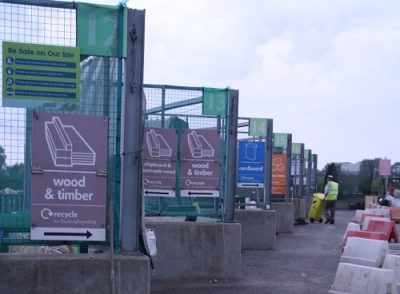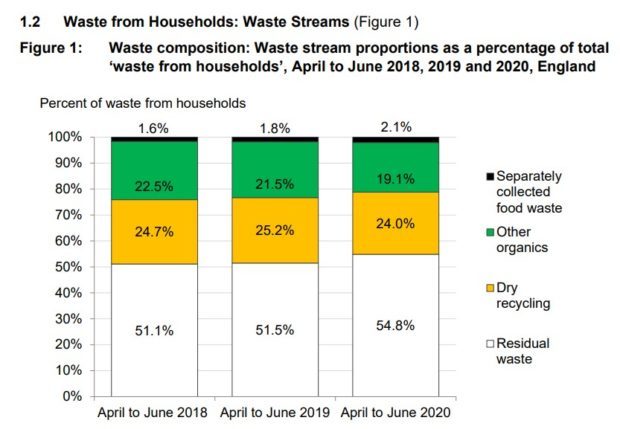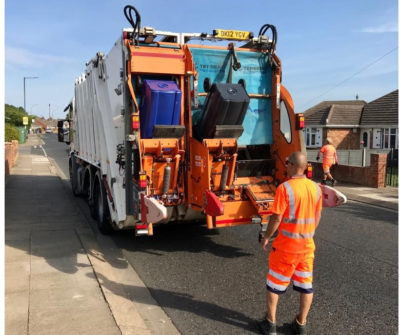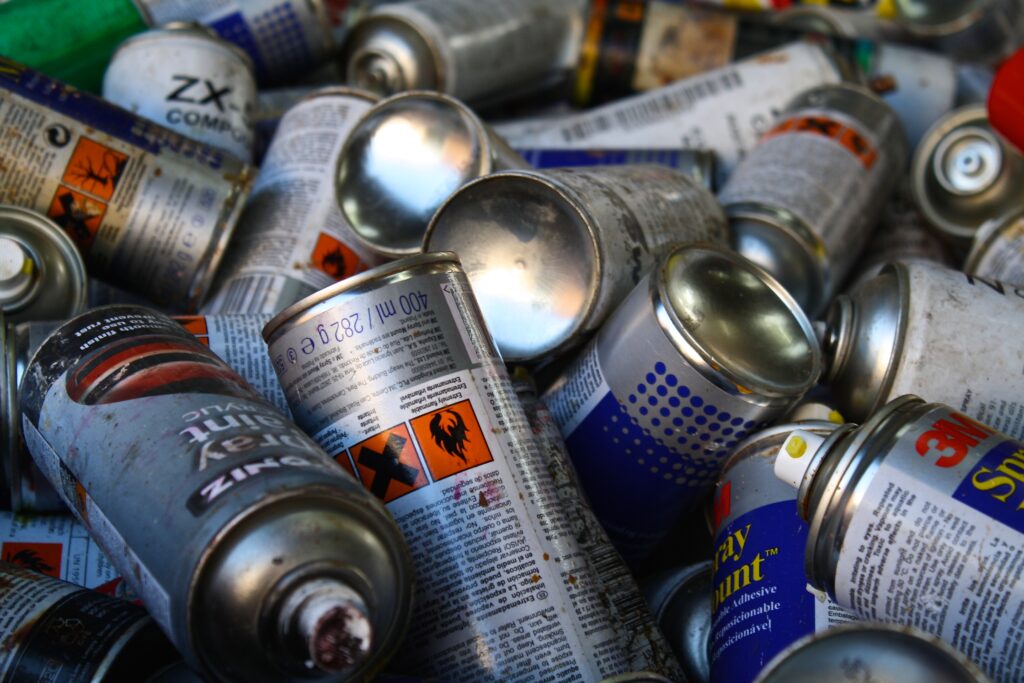Published this morning (12 May), the provisional data shows England’s ‘waste from households’ recycling rate for April to June 2020 was 45%, down from 48.4% in the same period in 2019/20.

During this period, total waste from households decreased by 3.3% to 5.7 million tonnes, from 5.9 million tonnes in 2019/20.
This decrease was put down to falls in the tonnage of waste collected at HWRCs and other waste services, offsetting increases in the tonnage of waste from regular household kerbside collections.
When Incinerator Bottom Ash metal is excluded, the recycling rate was 43.9% in April to June 2020, a decrease of 3.7 percentage points from the April to June 2019 rate of 47.6%.
Factors
Analysis of the data shows that a drop in the tonnage of organics collected for recycling played a large part in the fall, alongside a rise in residual waste.
While separately collected food waste rose by 12.2% to 120,000 tonnes in April to June 2020, “it remained only a small proportion of total waste from households, at 2.1%.
The tonnage of other organics decreased by 0.2 million tonnes or 14.3% to 1.1 million tonnes in April to June 2020. Whilst there were disruptions to garden waste kerbside collections, Defra says this fall reflects a large decrease in tonnages from HWRCs.
“This fall has the impact of reducing the overall recycling rate by around 1.7 percentage points,” Defra explained.
Tonnages of dry recycling were also hit by disruption to services, with overall household tonnages (including IBA metal) falling by 8.1%, contributing a 1.2% fall in the recycling rate.
While overall waste volumes fell, the amount of residual waste treated was 3.1 million tonnes, up by 2.8% from 3.0 million tonnes in April to June 2019.
As outlined below, these were the main factors in the recycling rate fall.

Lockdown
The provisional data shown in this publication covers the three months from April 2020 to June 2020, the first national lockdown was introduced in March 2020.
Defra said in the release some local authorities “were unable to maintain collections of dry recyclates, and there was suspension of garden waste collections and widespread closure of HWRCs”, which contributed to the fall.
“The trends shown in these stats should not be regarded as indicative for the year as a whole”
Survey’s carried out by ADEPT assessing disruption to waste services found up to a quarter of local authority dry recycling collection services had some levels of disruption at the height of the pandemic.
The relaxing of the lockdown rules during the summer of 2020 and the return to a full national lockdown during the winter months means that the trends shown in these stats “should not be regarded as indicative for the year as a whole,” Defra added.
Local authorities
For councils, changes in recycling rates for April to June 2020 compared to April to June 2019 ranged from between falls of up to 30 percentage points to increases of up to 13 percentage points.
Some of those authorities with the largest decreases in rates reported cancellation or major disruption to collections (particularly of organics) and HWRC closures.

A total of 280 (92%) of authorities had an increase in the tonnage of kerbside collected residual waste. Many of these increases were significant with the largest increase in tonnage being 82% higher than in April to June 2019.
A further 211 (69%) of authorities reported an increase in the tonnage of dry recycling collected.
Despite this, 199 (65%) authorities had a decrease in their recycling rate, with the majority also reporting an increased level of residual waste collections, a fall in garden waste volumes and a drop in tonnage from HWRCs.
Definitions
The figures above covers ‘waste from households’, the official recycling measure used as the basis for reporting at a harmonised UK level against the Waste Framework Directive when this was in place during April to June 2020.
The release also included data on ‘local authority collected waste’ , which includes household waste plus other non-household waste collected by local authorities.
The amount of ‘local authority collected waste’ sent for recycling in April to June 2020 was 2.7 million tonnes, down 0.5 million tonnes from 2019.
Waste sent for recycling comprised 42.5% of all local authority waste, a decrease of 3.8 percentage points from 2019.
‘Committed’
Soon after the figures were published, a Defra spokesperson said service levels have since been “quickly restored” since the disruption caused by the pandemic.
“The government is absolutely committed to reducing, reusing and recycling more of our waste to protect the environment, and we are already making real progress – less than 10% of household waste is now going to landfill and the amount of food waste being recycled is up by over 40% since 2015.
“But we must go further, and through our major reforms for kerbside collections and the packaging sector, we will boost recycling levels and step up our war on plastic pollution.
“Although the coronavirus had initial impacts on waste collections, the committed efforts of our key workers in the waste sector ensured that service levels were quickly restored.”











Subscribe for free